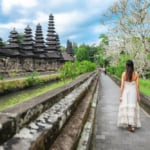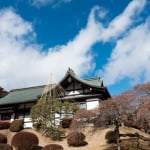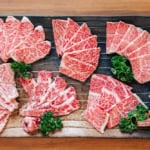Name: Fushimi Inari Taisha
Address: 68 Fukakusa Yabunouchi-cho, Fushimi-ku, Kyoto-shi, Kyoto
Visiting Hours: Open all day (365 days, 24 hours)
Official/Related Website: https://inari.jp/
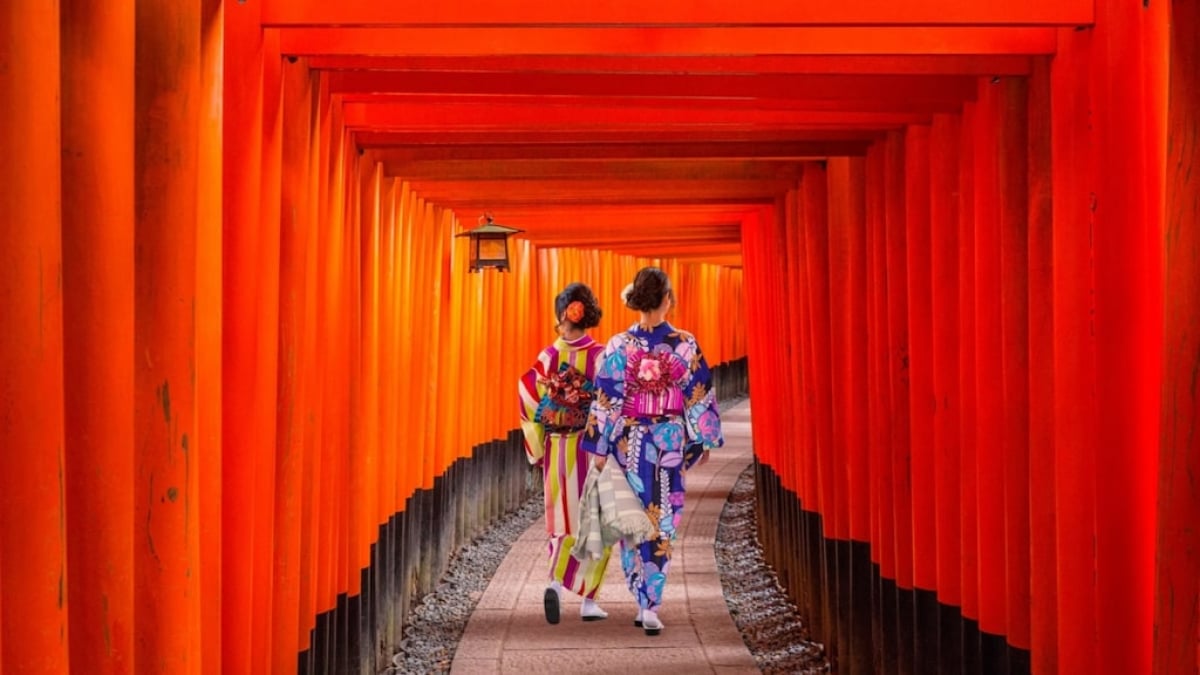
【Kyoto】What is Fushimi Inari Taisha? Complete guide to the Senbon Torii and highlights
Fushimi Inari Taisha in Kyoto is the head shrine of Inari worship. It is the birthplace of the famous “O-Inari-san,” and the white fox (Byakko-san), the messenger of the Inari deity, is also well-known.
Mount Inari is home to the popular Senbon Torii (Thousand Torii Gates), the majestic main hall, and many other attractions! This sacred site is one that every Japanese person should visit at least once in their lifetime. Here is a clear guide to the highlights and overview of Fushimi Inari Taisha.
table of contents
[x] close
【Kyoto】What is Fushimi Inari Taisha? Complete guide to the Senbon Torii and highlights
- 1. What is Fushimi Inari Taisha?
- 2. Senbon Torii
- 3. Highlights: Important cultural property buildings
- 4. Mountain Pilgrimage
- 5. Ema Plaques and Omikuji Fortunes
- 6. Donating a Torii Gate
- 7. Free admission and open 24 hours a day!
- 8. The enchanting nighttime light-up
- 9. The Motomiya Festival
- 10. Gourmet and souvenir information
- 11. Access to Fushimi Inari Taisha
- ◎ Things to note when visiting shrines of the New Year
1. What is Fushimi Inari Taisha?
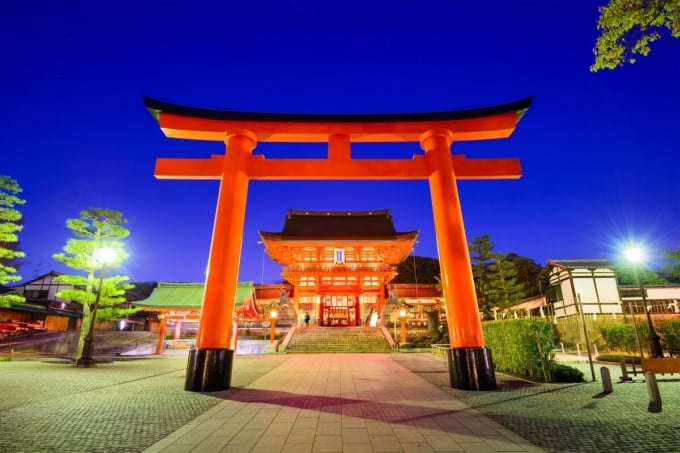
Popular for New Year’s shrine visits and among international tourists, Fushimi Inari Taisha is one of Japan’s most famous shrines. Known affectionately by Kyoto locals as “O-Inari-san,” what kind of shrine is it and which deity is enshrined there?
Let’s start with the basic information.
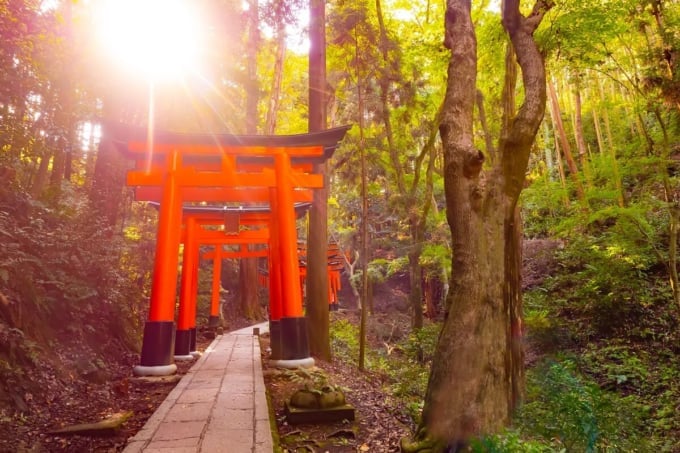
Inari worship, which has existed in Japan since ancient times, began here at Mount Inari. It is said to have originated in 711 AD, during the Nara period, when the Inari deity took residence on Mount Inari. As the name suggests, “Inari” is the god of rice and food, the deity of good harvests.
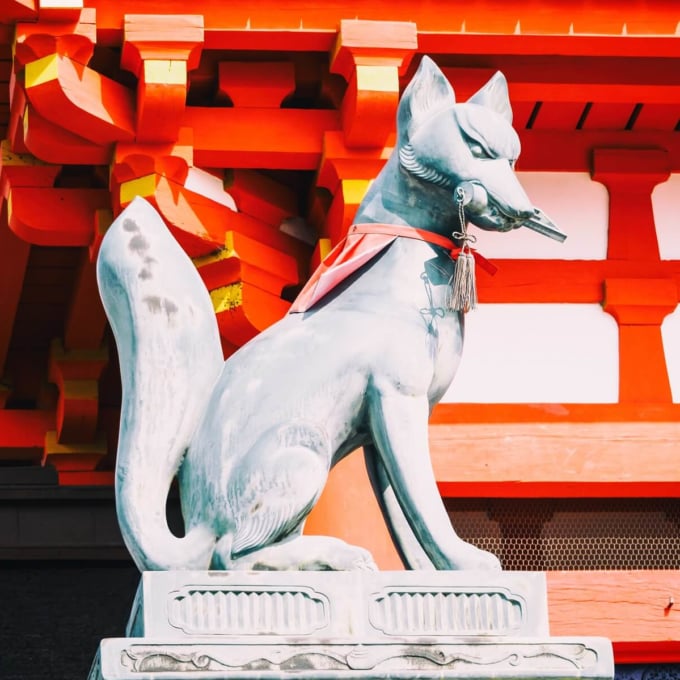
From the Heian period onward, worship became widespread, and the white fox (Byakko-san) became the sacred animal of the deity.
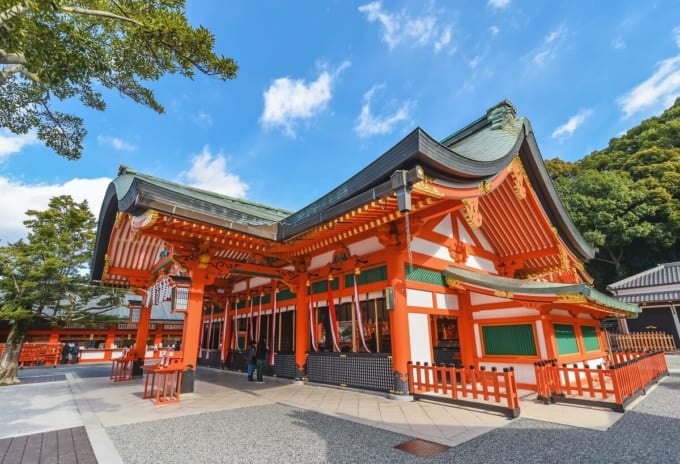
Today, there are about 30,000 Inari shrines across Japan, making it one of the most familiar types of shrines.
Inari shrines are believed to bring not only good harvests but also business prosperity, family safety, and fulfillment of various wishes. It is a place to visit not only for New Year’s but also at important milestones in life.
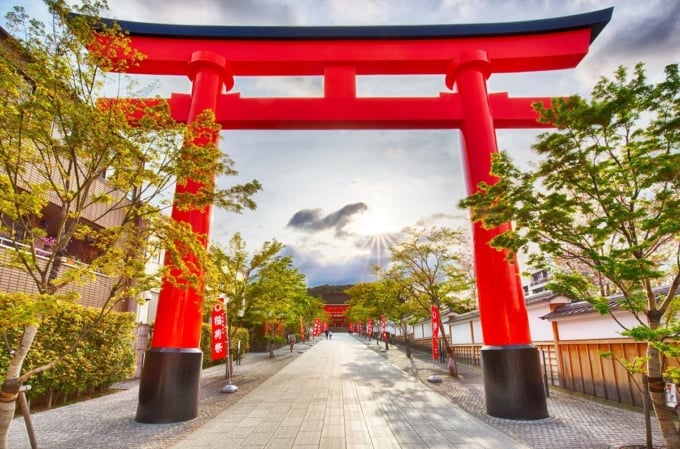
Fushimi Inari Taisha is full of highlights! Pass through the Grand Torii gate, walk along the approach, and visit the Romon Gate, the main hall, and the Senbon Torii.
Let’s start with the secrets of the Senbon Torii and other must-see spots during your visit.
https://maps.google.com/maps?ll=34.967694,135.779188&z=15&t=m&hl=ja&gl=JP&mapclient=embed&cid=8870624639634301673
2. Senbon Torii
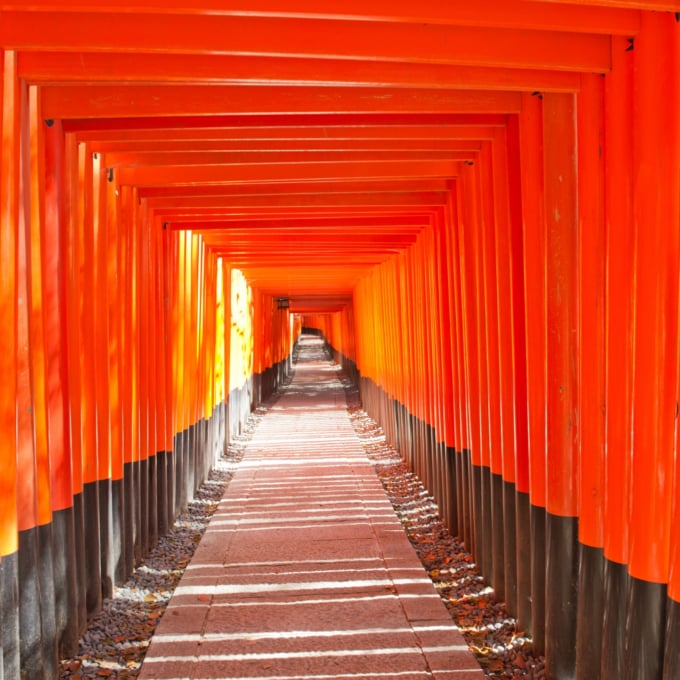
Perhaps the most iconic attraction at Fushimi Inari is the magnificent “Senbon Torii” (Thousand Torii Gates). As one of the shrine’s most famous features, it draws visitors from all over the world and is considered a must-see spot in Kyoto.
The grounds of Fushimi Inari Taisha stretch from the western base to the summit of Mount Inari and are as vast as about 22 Koshien Stadiums combined. It is said there are around 10,000 torii gates in total.
The “Senbon Torii” refers specifically to the section of gates lined up for about 400 meters between the Oku-no-in (Inner Shrine) and the Okusha Hohaisho (Rear Shrine Worship Hall).
◆ Are there really 1,000 Torii gates?

So, does the Senbon Torii really have 1,000 gates?
In fact, “senbon” (meaning “a thousand”) is just an expression meaning “many.” Because torii are constantly being replaced—removed for repairs or newly donated—the number is not fixed. According to visitors who have counted them, there are about 800 gates at any given time.
◆ Why are there so many Torii gates?
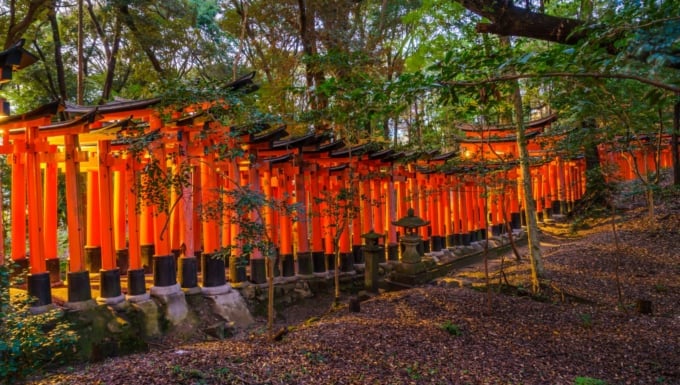
Why are there so many torii gates at Fushimi Inari Taisha?
All the vermillion torii within the shrine grounds are donations. This tradition dates back to the Meiji period, when people began offering torii as part of making wishes. The word “toru” (to pass through) is a play on words with “passing” their wishes through. Over time, as more people donated torii, their numbers grew to what we see today.
3. Highlights: Important cultural property buildings

In addition to the Senbon Torii, Fushimi Inari Taisha is home to many historic buildings designated as Important Cultural Properties by the Japanese government.
First, bow before the torii, pass through the Romon Gate, and visit the main hall. Then walk through the Senbon Torii to reach the Okusha Hohaisho.
◆ Romon Gate [Important Cultural Property]
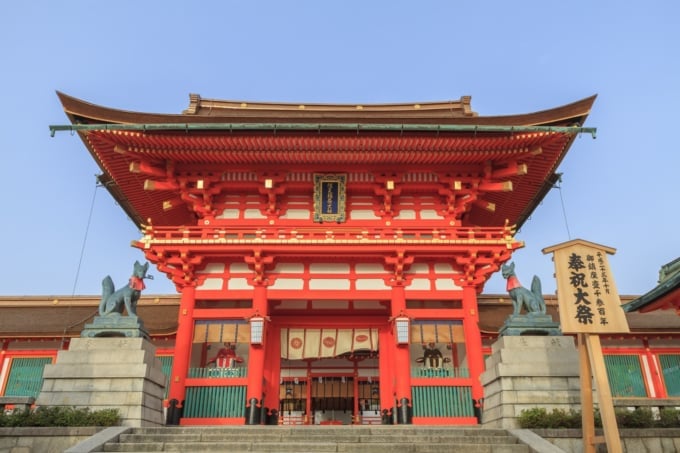
The Romon Gate of Fushimi Inari Taisha is a two-story Momoyama-style structure painted in bright vermillion known as “Inari-nuri.” It is one of the largest shrine gates in Japan. Toyotomi Hideyoshi built it to pray for the recovery of his mother, Omandokoro, from illness.
From the Romon Gate, the Outer Worship Hall, the Main Hall, the Gonden, the Oku-no-miya, the Byakko-sha, the South Corridor, and the North Corridor are aligned in a straight line, and all are designated Important Cultural Properties.
◆ Outer Worship Hall [Important Cultural Property]

Between the Romon Gate and the Main Hall stands the Outer Worship Hall (Gehaiden), also designated as an Important Cultural Property. During the Inari Festival, five portable shrines are displayed here, and ceremonies such as the “Flower Offering Ceremony” by the Ikenobo School of Ikebana are held.
◆ Main Hall [Important Cultural Property]
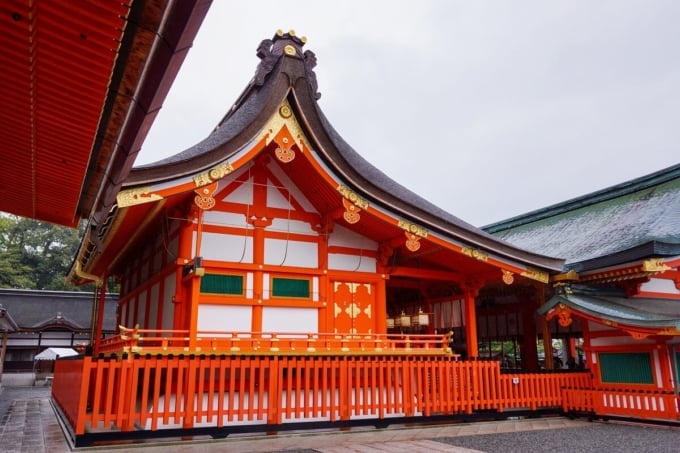
Connected to the Inner Worship Hall, the Main Hall is a large building with a beautiful vermillion exterior, estimated to have been originally built in the Kamakura period. After being destroyed in the Onin War, it was rebuilt in 1494 and rededicated in 1499.
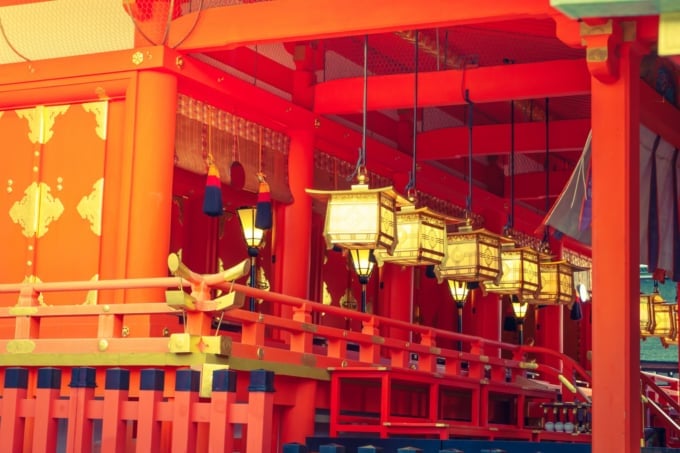
Its lavish decorations and design reflect both Muromachi and Azuchi-Momoyama period styles, making it a highly impressive sight.
◆ Senbon Torii to Okusha Hohaisho
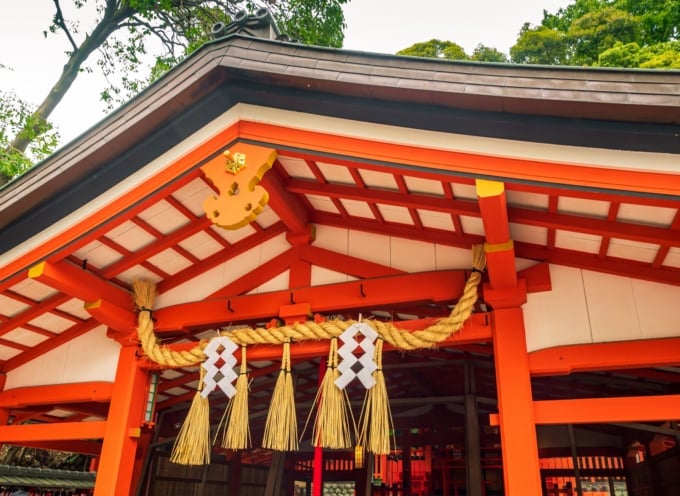
The Okusha Hohaisho, the inner sanctuary, marks the end of the Senbon Torii path. It is an easy round trip of about 20 minutes from the Main Hall. If your goal is to see the Senbon Torii, going as far as the Okusha Hohaisho before turning back is recommended.
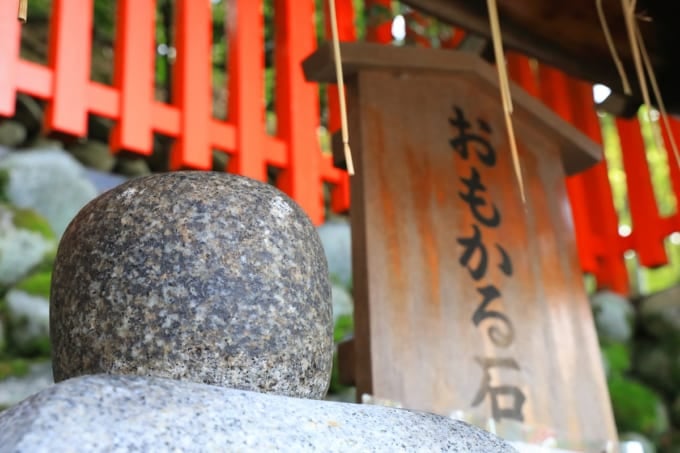
Here, you can try lifting the “Omokaru Stone.” While making a wish, lift the stone. If it feels lighter than you expected, it is said your wish will come true.
4. Mountain Pilgrimage
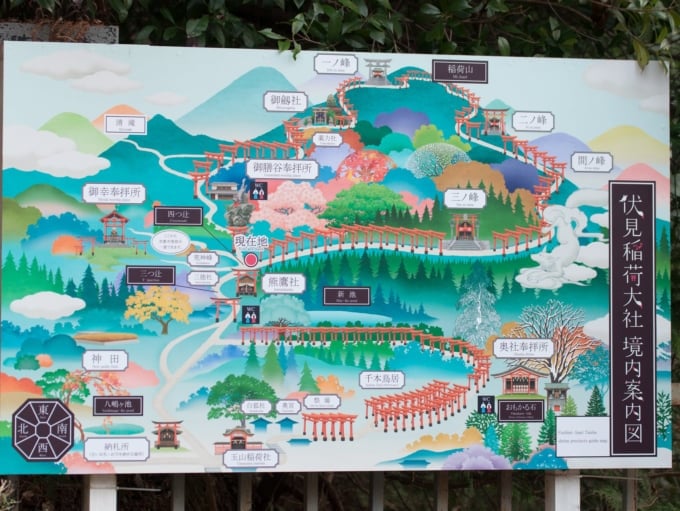
The grounds of Fushimi Inari Taisha spread across the entire western foothills of Mount Inari. Many visitors turn back at the Okusha Hohaisho, but if you have the time and energy, why not try a “Mountain Pilgrimage” all the way to Ichinomiya Peak at the summit?
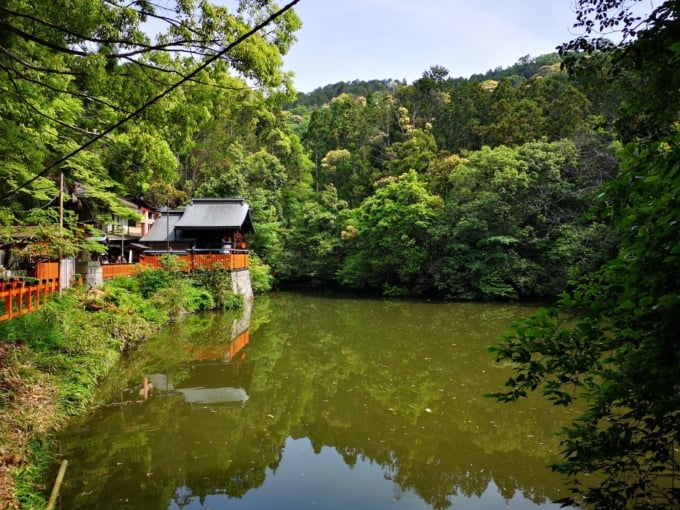
About 10 minutes uphill from the Okusha Hohaisho, you’ll arrive at a lively area with shops and a pond. This pond is called “Shinike,” and nearby is “Kumatakasha,” which is said to bring good fortune in competitions.
If you’re thinking of heading back around this point, it’s recommended to continue just a bit further to “Mitsutsuji.” From Mitsutsuji, you can descend via a different route, making the return journey more interesting.
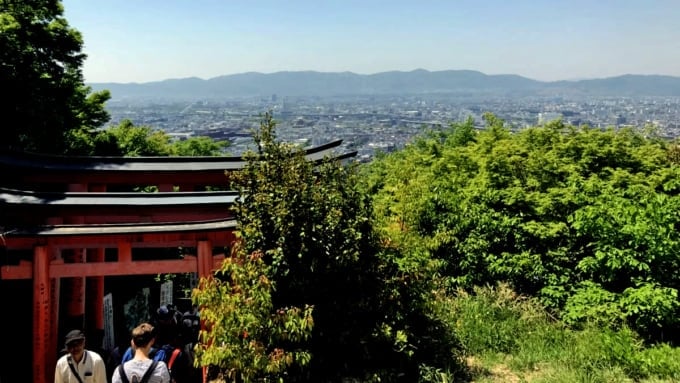
For those who can push on a bit more, climb about another 10 minutes from Mitsutsuji to “Yotsutsuji,” where you can enjoy a panoramic view of Kyoto City. The route to Yotsutsuji lets you experience much of what Fushimi Inari offers: the Senbon Torii, the pilgrimage up Mount Inari, and as a reward, a breathtaking view. This course is highly recommended.
Yotsutsuji is also home to the largest eatery on Mount Inari.
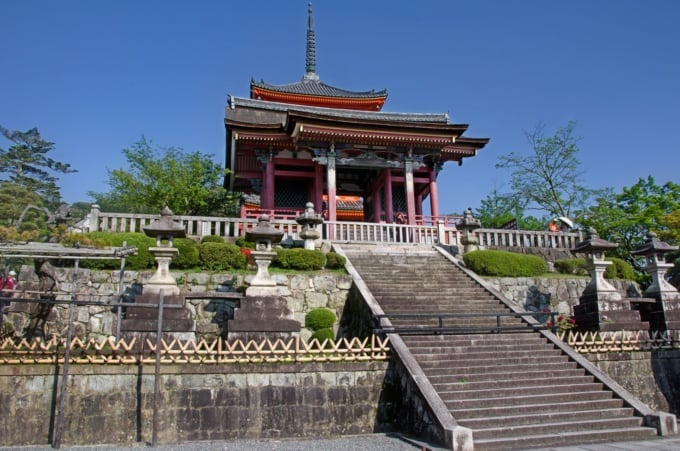
Beyond Yotsutsuji, the trail to the summit is for the more physically fit. Think of Yotsutsuji as roughly the halfway point between the main hall and the summit, and use it as a guide for whether to proceed.
The summit route from Yotsutsuji to “Ichinomiya Peak” splits into left and right paths, forming a loop. You can go up and back on the same route, but completing the loop to the summit allows you to enjoy different scenery along the way. If you have the time and stamina, give it a try.
5. Ema Plaques and Omikuji Fortunes
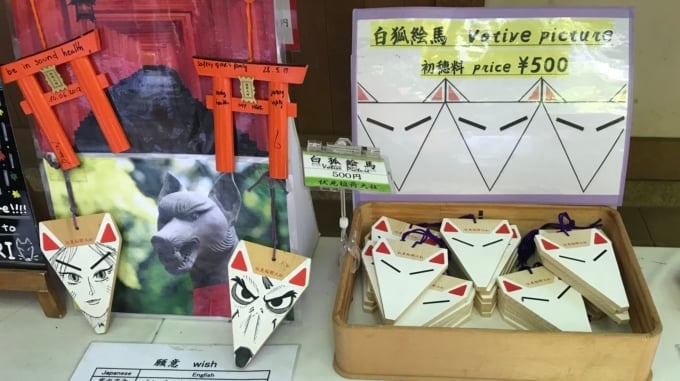
At Fushimi Inari Taisha, the uniquely designed white fox Ema plaques, where you can draw faces, are very popular.
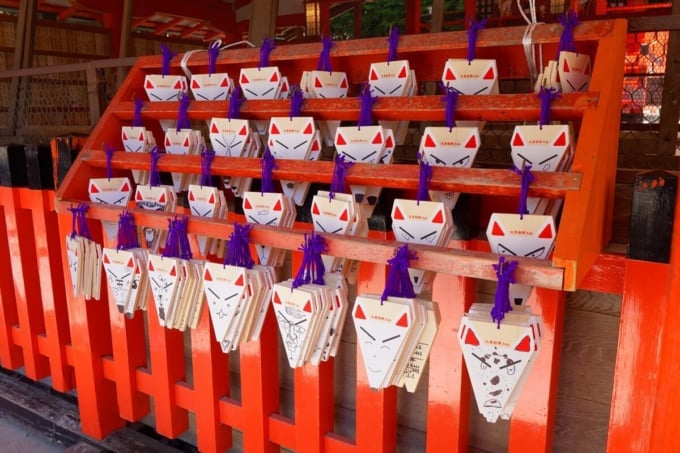
You might find yourself wanting to check out the creative designs left by others!
Also, don’t miss the unusual omikuji (fortune slips) with fortunes like “Great Great Blessing” and “Blessing Yet to Be Determined but Ending in Great Blessing.”
6. Donating a Torii Gate
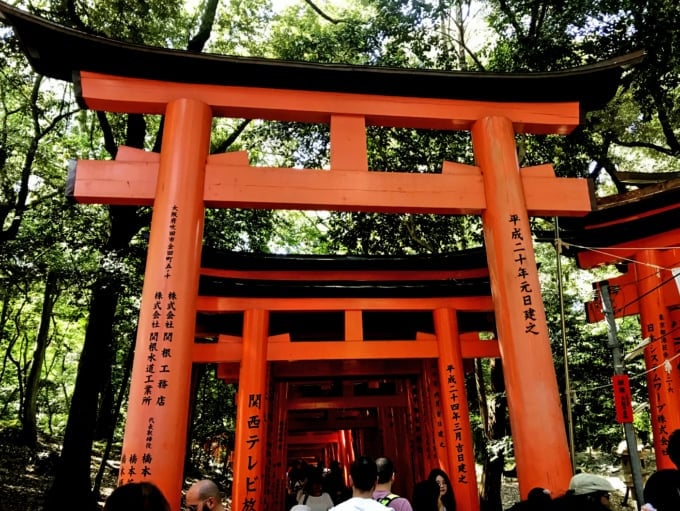
At Fushimi Inari Taisha, both individuals and companies can donate a torii gate — even one for the Senbon Torii.
The cost for a torii varies depending on its location and size (number designation).
[Reference] A No. 5 torii (pillar diameter 15 cm) costs from 300,000 yen and up (as of June 2024).

Due to the large number of applicants, donations are on a reservation basis, and it may take several months before your gate is erected. If you’ve ever thought about it, this might be a good time to consider making a donation.
Name: Torii Gate Donation
Official/Related Website: http://inari.jp/gotinza1300/index.html
7. Free admission and open 24 hours a day!

Admission to Fushimi Inari Taisha is completely free! With no closing gates, you can visit at night or early in the morning.
8. The enchanting nighttime light-up
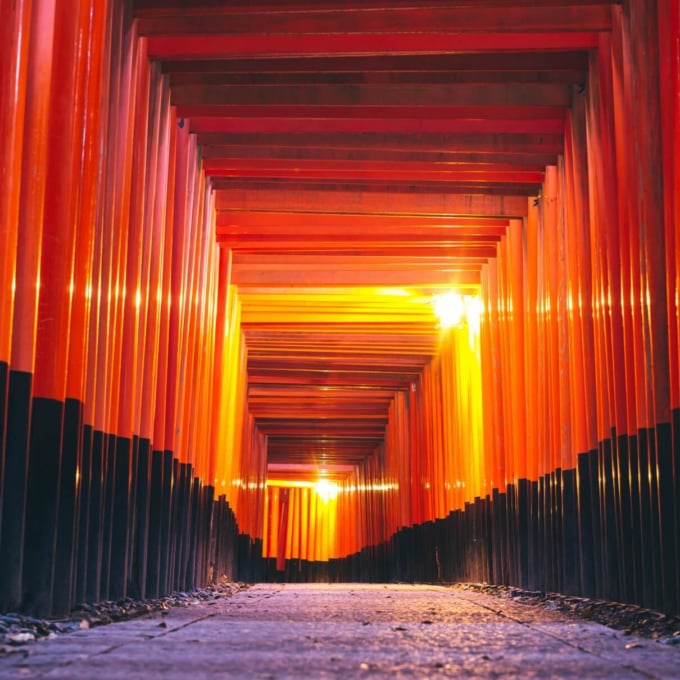
Fushimi Inari Taisha is also highly recommended at night, with a special atmosphere. The Senbon Torii is illuminated after dark.
Generally, lights come on when it gets dark, creating a mysterious atmosphere as if you might encounter something otherworldly. It’s enchanting but might also give you a little shiver of fear. Avoid dark spots and proceed with care to experience the shrine’s mystical nighttime ambiance.
9. The Motomiya Festival
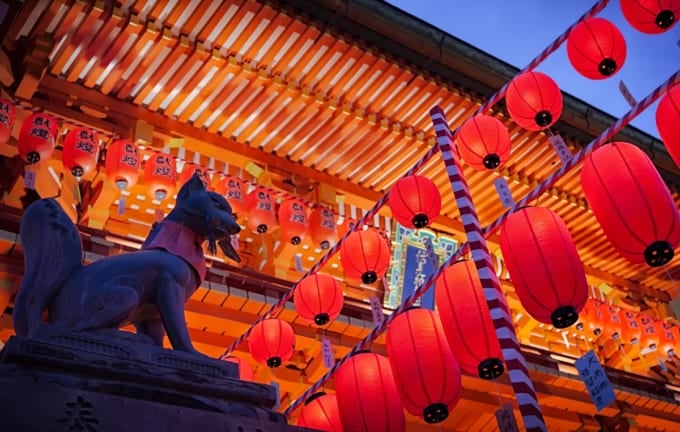
The Yoimiya Festival and Motomiya Festival are Shinto rituals held every July. Worshippers from all over Japan who enshrine the divided spirit of the Inari deity visit Fushimi Inari Taisha, the head shrine, to express gratitude for blessings received.
The festival features andon-e (lantern paintings) depicting flowers and landscapes by Japanese painters, as well as lively Motomiya dances.
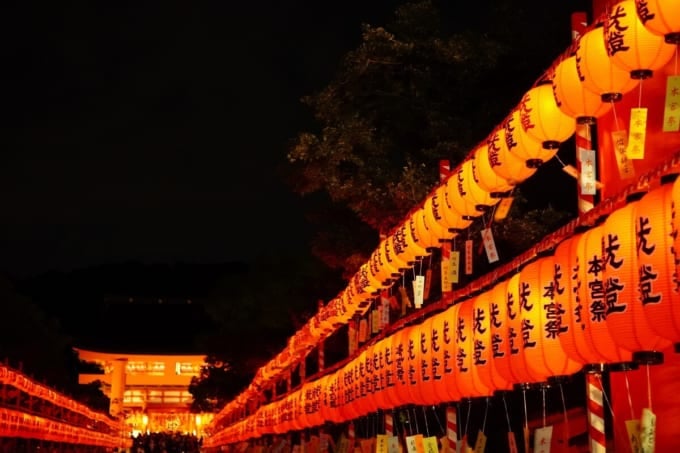
During the Yoimiya Festival on the eve of Motomiya, stone lanterns and dedicated paper lanterns are lit, creating the perfect photo spot. It’s one of the signature summer events in Kyoto.
10. Gourmet and souvenir information
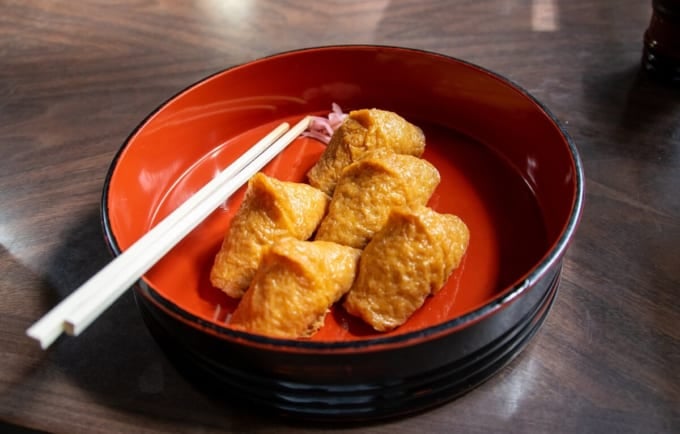
Here’s a taste of the local specialties you can enjoy at Fushimi Inari. Since it’s the Inari shrine, inari sushi is a must!
From classic to creative varieties, and even meat-wrapped versions, there are so many options that you’ll have trouble choosing.
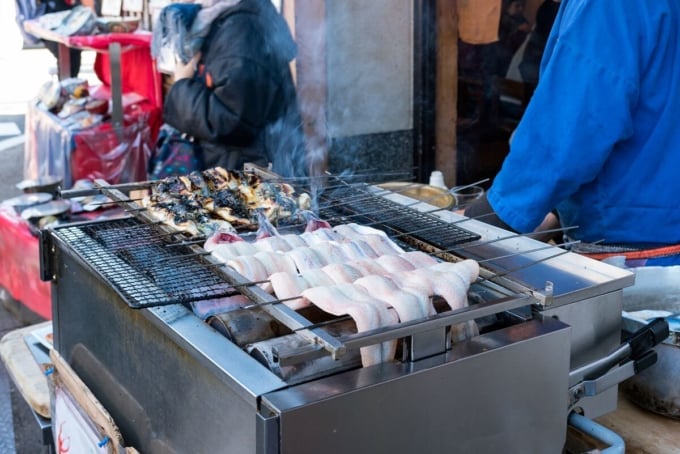
Along the road connecting Keihan Railway’s “Fushimi Inari Station” to the shrine, you’ll find all kinds of restaurants and souvenir shops, from soba, eel, and ramen to sweets. You’ll never be at a loss for food or shopping options.
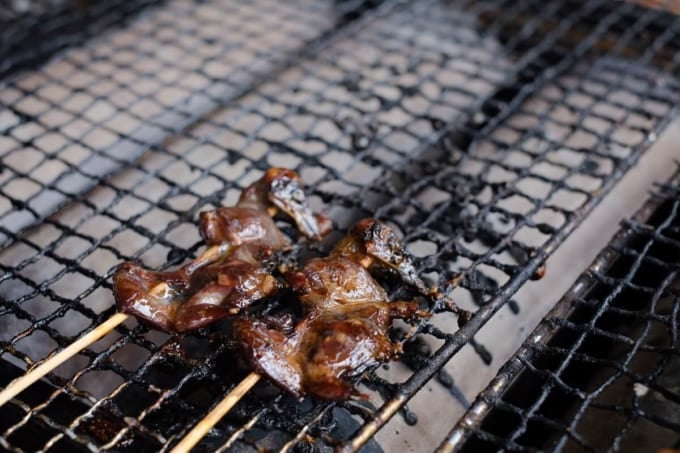
Another surprise for many visitors is that Fushimi Inari is also famous for grilled winter sparrow. If you get the chance, give it a try.
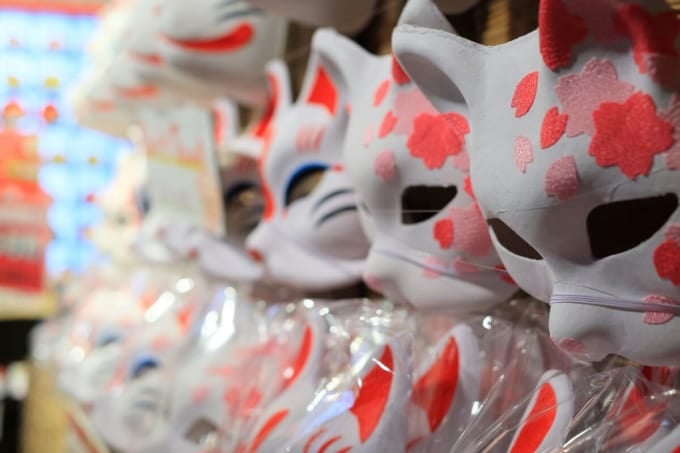
The variety of souvenirs is delightful even just to look at — from white fox masks and plush toys to fox-shaped rice crackers.
11. Access to Fushimi Inari Taisha
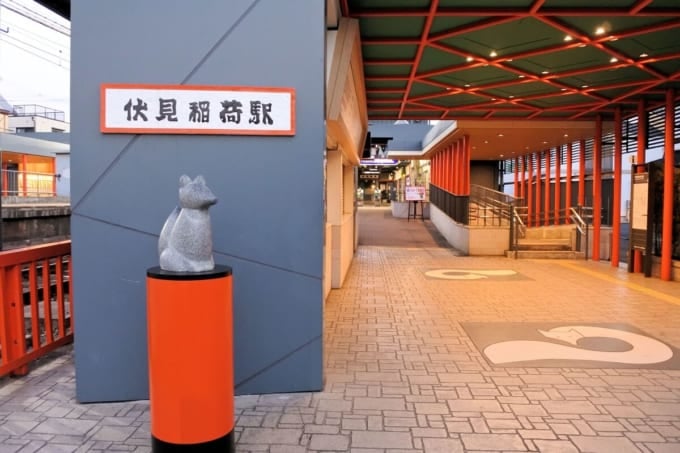
The best way to get to Fushimi Inari Taisha is by train.
It’s right next to JR Nara Line’s “Inari Station,” and about a 5-minute walk from Keihan Railway’s “Fushimi Inari Station.” If you take the bus, the “Inari Taisha-mae” bus stop is just west of Keihan’s “Fushimi Inari Station.”
There is a free parking lot for worshippers, but it tends to be crowded, so taking the train is preferable.
◎ Things to note when visiting shrines of the New Year
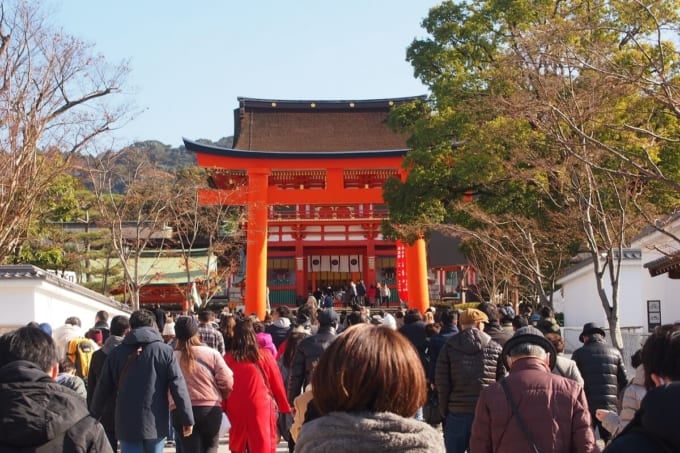
As one of the Kansai region’s most popular New Year’s visit spots, Fushimi Inari Taisha gets extremely crowded.
Many people plan to go for New Year’s, but over 2.5 million visitors come during the first three days of the year. Mornings during the first three days are relatively less crowded. On New Year’s Eve, crowd control measures may be put in place, so be aware.
RELATED ARTICLES
REGIONS
CATEGORIES
FEATURED ON Kyoto
-

[Kansai] What kind of hotels are ideal for “Hocance”? | Introducing 7 recommended picks
-

Top 10 Stylish Starbucks Stores in Japan – Scenic Views & Beautiful Designs!
-

Nijō Castle (former imperial Villa Nijō Castle) sightseeing | The stage of the Edo Shogunate’s birth and the return of political power
-
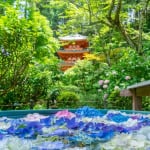
Kizugawa: Once an Imperial Capital – 5 Historical and Nature Spots to Discover
-

From Kyoto vegetables and sake to exquisite sweets! 4 must-buy souvenirs from Kameoka City, Kyoto Prefecture
MOST POPULAR ON Kyoto
-
 1
1Doha: Must-see Attractions in the Capital of Qatar
-
 2
2Toronto: 10 Things to do in this Picturesque Canadian City
-
 3
3Amarillo: A City Famous for It’s Amazing Canyons, Great History and Music
-
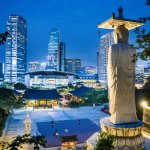 4
4South Korea: Dazzling Scenery, Rich Culture and Fascinating History
-
 5
5Kuwait: A Country in Middle East Asia Famous for Hot Sand Dunes and Stunning Cityscape

